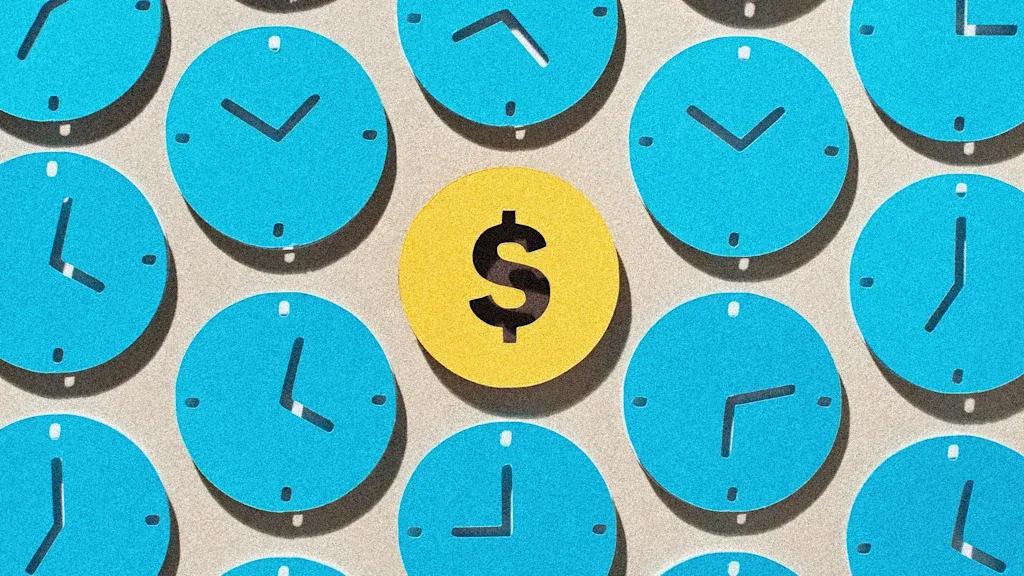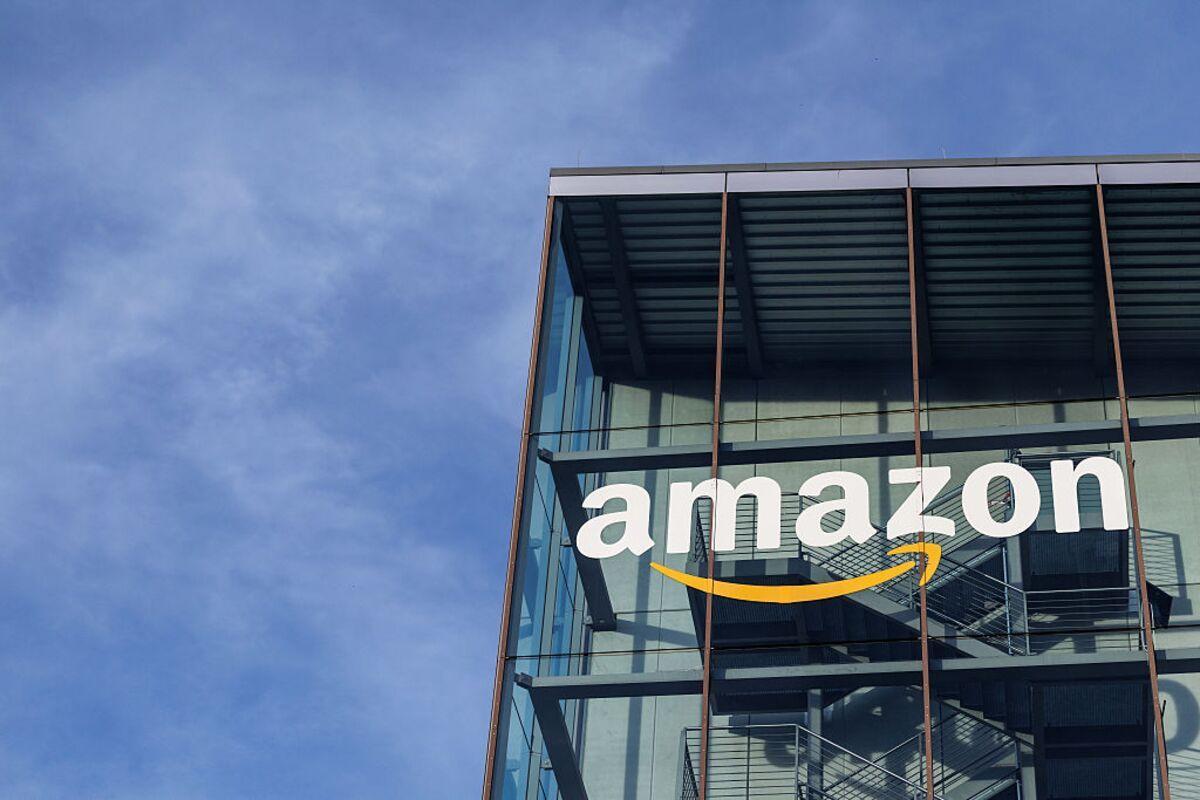AI Revolution Targets White-Collar Workers While Hourly Employees Remain Largely Unaffected
3 Sources
3 Sources
[1]
While AI targets corner offices, hourly workers are left behind
We have reached the moment white collar workers have feared for months. Has AI finally come for my job? Companies like Salesforce claim they need fewer human employees to do the work AI can tackle, after laying off thousands. Klarna claims the company was able to shrink its headcount by about 40%, in part because of AI. Duolingo said last spring it will stop using contractors for work that AI can handle. Overall, companies have announced a staggering 700,000 job cuts in the first five months of 2025, an 80% jump from the previous year. The irony is almost poetic. For years, the tech industry assumed robots would come for factory workers first. Amazon's leaked documents once suggested the company could replace half a million warehouse jobs with automation. Instead, just weeks ago, Amazon laid off 14,000 middle managers while planning to hire 250,000 seasonal warehouse workers for the holidays. The AI revolution, it turns out, is hollowing out the corporate ladder before it touches the warehouse floor. The narrative around artificial intelligence and the job market is challenging for white-collar workers right now. Yet while Silicon Valley sends warnings over which desk jobs AI will consume next, we're missing an equally important question about the future of AI: What about everyone else? We are currently in an AI application bubble. The last few years of AI innovation have focused almost entirely on white-collar productivity: workplace efficiency tools, revenue-optimization platforms, and communication automation. Many of the major AI innovations from the past two years have been designed for someone working a 9-5 desk job from a laptop.
[2]
Mass layoffs are scary, but probably not a sign of the AI apocalypse
Amazon's announcement last month that it was cutting 14,000 corporate positions included an alarming warning for those worried that the artificial intelligence apocalypse may have arrived. AI is "enabling companies to innovate much faster than ever before," a senior vice president wrote in a message to employees that the company shared publicly. And to realize this potential, the executive suggested, "we're convinced that we need to be organized more leanly, with fewer layers." The announcement, combined with other layoff news from companies like Target, UPS, Microsoft and IBM, has prompted some to suggest that the economy has entered a period of AI-driven restructuring. But the AI apocalypse is probably not here just yet. While the technology may have played an indirect role in some of the downsizing, experts say the transition to an AI-powered workplace most likely won't entail large-scale layoffs in which employers dump humans in favor of machines. Rather, the transition is likely to be more gradual, in many cases occurring as new companies, built to exploit AI, take market share from more established companies that are slower to embrace it. "Widespread adoption is going to happen at the new firms," said Mert Demirer, an economist at the Massachusetts Institute of Technology. "It's always the case that the smaller the production process, the more the process is easier to change." Among established companies, those in the tech industry appear to be furthest along in adopting artificial intelligence. Employers like Amazon, Microsoft and Google have made a number of AI tools available to their white-collar employees, such as AI assistants that suggest lines of code, so-called agents that can generate whole sections of computer programs, and chatbots that can produce drafts of memos and reports. But employees at Amazon, where the announced job cuts affected less than 5% of corporate workers, say the adoption of these tools has been uneven across different teams and organizations. And thus far, the layoffs and buyouts at Big Tech companies do not appear to have been driven by the automation of white-collar jobs directly. "We do think that at some point AI tools will allow us to enhance productivity to a point that we're going to need less labor, but we're not there yet, not in any significant way," said Gil Luria, an analyst who covers Microsoft and Amazon for the investment bank D.A. Davidson. Instead, he added, the companies appear to be making the cuts partly to hold their overall profit margins steady while they spend tens of billions of dollars on AI infrastructure like data centers. Cutting back on employees is a way to convince shareholders that the companies are "investing in a responsible manner," Luria said. Amazon said that different companies were funding their AI investments in different ways, and that while some couldn't afford their investments, Amazon could. The use of AI tools appears to be even less intensive outside technology companies. In a recent survey by McKinsey, the consulting firm, almost 80% of companies reported using generative AI, but about the same number reported that the tools had not significantly affected their earnings. A study released this summer by researchers at MIT reached a similar conclusion, finding that industries other than technology and media showed "little structural change" as a result of AI. In some cases, laying off workers is less about automating their jobs today than gambling that they won't be needed in the future. Over the past few years, many employers have engaged in "labor hoarding" -- hanging on to workers they no longer need because they may have use for them in a year or two and don't want to go through the trouble of hiring again. But given the possibility that advances in AI will reduce the need for workers on that timetable, these companies feel more comfortable laying them off. "The whole motive of labor hoarding is that you're going to need workers when demand picks up again," said Benjamin Friedrich, a labor economist at Northwestern University's Kellogg School of Management. "You want to be ready to go." It's unlikely, however, that big established companies will be able to substitute AI for large numbers of workers over the next year or two. One reason is that big companies are by their nature plodding and bureaucratic when reimagining their work processes. The McKinsey report observed that many companies' flirtation with AI had involved "a proliferation of disconnected micro-initiatives" that suffered from "limited coordination." But a more important reason has to do with a deeper conservatism: Established companies tend to use new technology to do what they've always done, only somewhat faster and less expensively, said Andrew McAfee, a principal research scientist at MIT's Sloan School of Management. They don't tend to rethink their entire structure. By contrast, new companies often ask how best to organize themselves when starting from scratch, without the employees or rituals that the new technology renders obsolete. McAfee, who is also a founder of Workhelix, an AI startup, cited the electrification of factories that began in the late 19th century as an example. During the first few decades of electrification, he said, many factory owners simply began powering their machines with electricity rather than steam. But they didn't reorganize their processes. It was only when entrepreneurs reimagined the factory to incorporate new layouts and new processes like assembly lines that electricity brought enormous productivity gains. Something similar is likely to play out with AI: a long period of marginal changes at established companies before new businesses eventually change the way work is staffed and organized. In the legal profession, for example, large firms have long deployed teams of partners and several associates, billing clients for each lawyer's services at an hourly rate. But some entrepreneurs have recently started companies that rely on vastly fewer legal experts per client, supporting them with AI instead. "Professional services firms are still generally operating on a time- and materials-based business model, which disincentivizes using AI to cut hours," said Omar Haroun, CEO of the parent company of Eudia Counsel, a so-called AI-native law firm. "We're actually trying to prove that one knowledge worker can do the work of 10."
[3]
A.I. Leaders Warn Entry-Level White-Collar Jobs Are Being Automated Away
As A.I. accelerates, junior white-collar roles are disappearing faster than companies can adapt. The technology industry, once a landing pad for fresh computer science graduates, is rapidly automating away its early-career talent pipeline. A.I. coding tools like GitHub Copilot and Amazon CodeWhisperer now handle much of the entry-level work junior engineers once did, making it increasingly difficult for young professionals to break in. Sign Up For Our Daily Newsletter Sign Up Thank you for signing up! By clicking submit, you agree to our <a href="http://observermedia.com/terms">terms of service</a> and acknowledge we may use your information to send you emails, product samples, and promotions on this website and other properties. You can opt out anytime. See all of our newsletters The impact isn't limited to computer engineers. Earlier this month, Anthropic CEO Dario Amodei offered a stark prediction on 60 Minutes, reiterating his belief that A.I. could replace half of all entry-level white-collar jobs within the next five years and push unemployment as high as 10 to 20 percent. "If we look at entry-level consultants, lawyers, financial professionals -- a lot of what they do, A.I. models are already quite good at," he said. "It's hard to imagine that there won't be some significant job impact there." Other A.I. and business leaders have echoed his concerns. Geoffrey Hinton, the "godfather of A.I.," has argued that "for mundane intellectual labour, A.I. is just going to replace everybody." Salesforce CEO Marc Benioff recently said A.I. already performs "close to half" of the company's workload. Ford CEO Jim Farley has warned that "A.I. will leave a lot of white-collar people behind," though he is more optimistic about blue-collar roles. He expects skilled workers in factories to become even more essential, as they provide "critically human support" in the context of automation. Several major studies support this trajectory. An August Goldman Sachs report warned that 6 to 7 percent of U.S. workers could lose jobs to A.I., particularly operational and support staff at large companies. Entry-level workers in tech remain the most affected, but hiring has also slowed in marketing, consulting, graphic design, office administration and call centers as businesses integrate new automation tools. A World Economic Forum study in January found that 41 percent of 1,000 surveyed global employers anticipate significant layoffs due to A.I. adoption. A recent Stanford study found that workers ages 22 to 25 in A.I.-exposed roles, especially in customer service and clerical work, have experienced a 13 percent decline in employment since 2022. In contrast, older workers in the same fields have had an easier time finding jobs. Other research suggests the downturn isn't driven by A.I. alone. Negative perceptions of Gen Z employees and broader economic uncertainty are also factors. A study from Hult International Business School found that 89 percent of employers avoid hiring new college graduates, and 39 percent would prefer to use A.I. over hiring a Gen Z worker. Even so, companies are not uniformly shrinking their workforces. Some are restructuring instead -- cutting traditional roles while adding new A.I.-specific ones. JPMorgan Chase CEO Jamie Dimon has said the bank's overall headcount will continue to grow as it hires workers to support A.I. development, despite reductions in operational positions. Walmart CEO Doug McMillon voiced a similar view at an event in September, saying, "It's very clear that A.I. is going to change literally every job." Walmart, he said, will both eliminate and create roles, with the aim of helping employees "make it to the other side." Ironically, while A.I. tools have increased the speed at which code can be generated, the durability of that code still depends on human expertise. A.I.-written code can be clumsy or brittle, and when complex systems break, engineers must know how to repair and refine them. Experienced engineers will still be needed to oversee A.I. systems, but even those roles could diminish, Amodei warned. "Eventually, all those little islands will get picked off by A.I. systems," he said on 60 Minutes. "And then, we will eventually reach the point where the A.I.s can do everything that humans can. And I think that will happen in every industry."
Share
Share
Copy Link
Major companies are laying off hundreds of thousands of white-collar workers as AI automation accelerates, with entry-level professionals particularly vulnerable. However, experts suggest the transition may be more gradual than feared, with new AI-native companies driving change rather than mass replacements at established firms.
The White-Collar AI Disruption Unfolds
The artificial intelligence revolution has taken an unexpected turn, targeting white-collar workers rather than the blue-collar jobs many predicted would be first to fall. Companies have announced a staggering 700,000 job cuts in the first five months of 2025, representing an 80% jump from the previous year
1
. Major corporations including Salesforce, Klarna, and Duolingo have cited AI capabilities as justification for reducing their human workforce, with Klarna claiming a 40% headcount reduction partly due to AI implementation1
.
Source: Fast Company
The irony is particularly striking at Amazon, which recently laid off 14,000 middle managers while simultaneously planning to hire 250,000 seasonal warehouse workers for the holidays
1
. This reversal of expectations challenges long-held assumptions about which jobs would be most vulnerable to automation.Entry-Level Positions Bear the Brunt
Anthropic CEO Dario Amodei delivered a stark warning on 60 Minutes, predicting that AI could replace half of all entry-level white-collar jobs within the next five years, potentially pushing unemployment to 10-20%
3
.
Source: Observer
His assessment focuses particularly on entry-level consultants, lawyers, and financial professionals, areas where AI models are already demonstrating significant capabilities.
The technology industry, traditionally a landing pad for computer science graduates, exemplifies this trend. AI coding tools like GitHub Copilot and Amazon CodeWhisperer now handle much of the entry-level work that junior engineers once performed
3
. A Stanford study found that workers aged 22-25 in AI-exposed roles, especially in customer service and clerical work, have experienced a 13% decline in employment since 20223
.The Gradual Transition Reality
Despite alarming headlines, experts suggest the AI transition may be more gradual than feared. MIT economist Mert Demirer argues that widespread AI adoption will primarily occur at new firms rather than established companies, as smaller production processes are easier to change
2
. This perspective is supported by current adoption patterns, where even tech giants like Amazon report uneven AI tool implementation across different teams and organizations.A McKinsey survey revealed that while almost 80% of companies report using generative AI, approximately the same number indicate that these tools have not significantly affected their earnings
2
. Industries outside technology and media have shown "little structural change" as a result of AI implementation, according to MIT researchers.Related Stories
Strategic Restructuring Over Mass Automation
Many current layoffs appear driven by strategic considerations rather than direct AI replacement. Companies are cutting costs to fund massive AI infrastructure investments while maintaining profit margins for shareholders
2
. Some employers are also abandoning "labor hoarding" practices, laying off workers they might have retained in anticipation of future AI capabilities reducing workforce needs.Established companies face significant challenges in AI adoption due to their bureaucratic nature and tendency to use new technology for incremental improvements rather than fundamental restructuring
2
. McKinsey observed that many companies' AI initiatives consist of "disconnected micro-initiatives" suffering from limited coordination.The Overlooked Workforce
While Silicon Valley focuses intensively on white-collar AI applications, hourly workers remain largely unaffected by current AI innovations. The past few years of AI development have concentrated almost entirely on white-collar productivity tools, workplace efficiency platforms, and communication automation designed for desk-based employees
1
. This creates a significant gap in AI development that fails to address the needs of millions of hourly workers across various industries.References
Summarized by
Navi
[1]
[2]
Related Stories
Recent Highlights
1
Google launches Gemini 3 Flash as default AI model, delivering speed with Pro-grade reasoning
Technology

2
OpenAI launches GPT Image 1.5 as AI image generator war with Google intensifies
Technology

3
OpenAI launches ChatGPT app store, opening doors for third-party developers to build AI-powered apps
Technology








